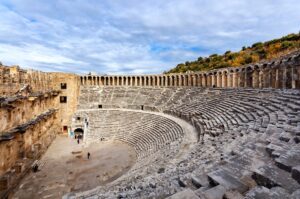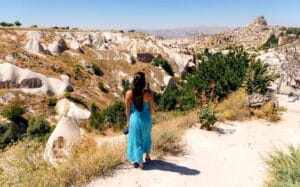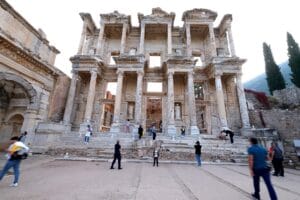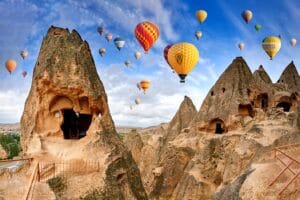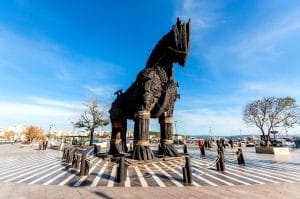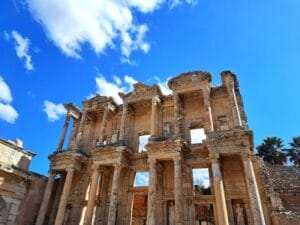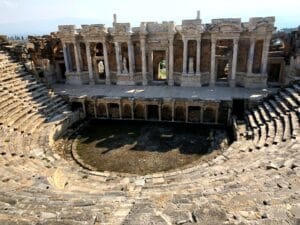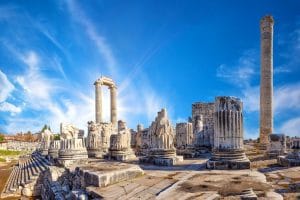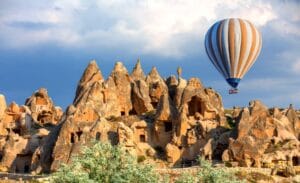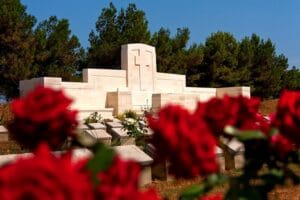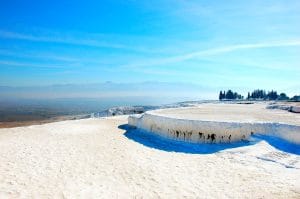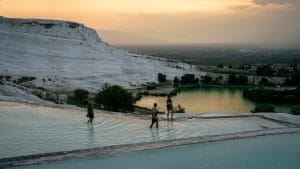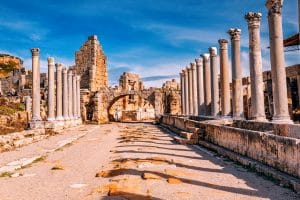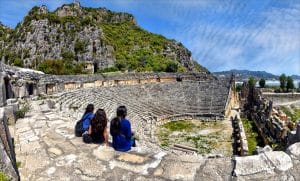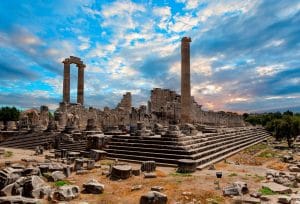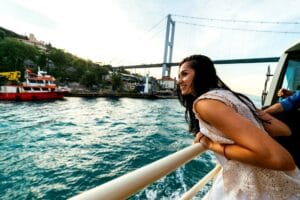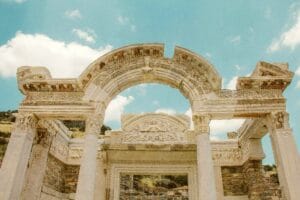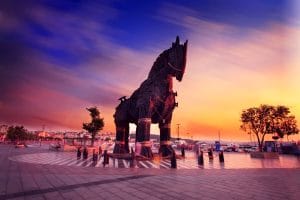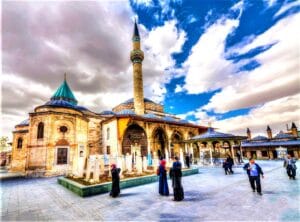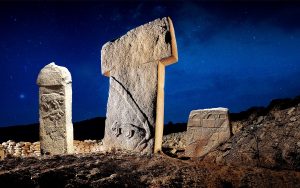
Unforgettable Cappadocia Tours Await!
Fly in a hot air balloon, explore fairy chimneys, and experience the magic of Cappadocia.
Explore Cappadocia Tours
2 to 3 Day Turkey Getaways
Short on time? Our 2 to 3 day Turkey tours offer perfect quick escapes to Cappadocia, Ephesus, Pamukkale and more. Fly, explore, return – hassle-free!
4 to 5 Day Turkey Experiences
Discover more in just a few days. These 4 to 5 day Turkey tours blend comfort, culture, and convenience—ideal for travelers who want depth without the long commitment.
6 to 9 Day Turkey Adventures
Travel across Turkey’s must-see destinations with our 6 to 9 day tours. From Istanbul to Cappadocia, Pamukkale to Antalya, every day is an unforgettable experience. Reserve your spot now!
10 to 15 Day Complete Turkey Tours
See it all in one grand journey! Our 10 to 15 day Turkey tours cover the full spectrum: history, culture, coastlines, and hot air balloons. Book early for the best dates!
Popular Day Trips from Istanbul
Escape the city for a day! Discover ancient cities, battlefields, and natural wonders just hours from Istanbul. Easy pick-up, unforgettable memories.
Airport Transfers in Istanbul, Cappadocia, and More
Enjoy an extra 10% discount on All Airport Transfers! Coupon Code: TRANSFER
Book Airport Transfer Now
Your Trusted Turkey Travel Experts Since 2000
Your premier Turkey tour operator specializing in authentic Istanbul tours, magical Cappadocia trips, and unforgettable Turkish adventures across all of Turkey's most spectacular destinations.
From legendary Istanbul city tours through the historic Sultanahmet district to breathtaking Cappadocia balloon tours over fairy chimneys, our comprehensive Turkey tour packages showcase the best of Turkish culture, history, and hospitality...



